Google Galaxy S4
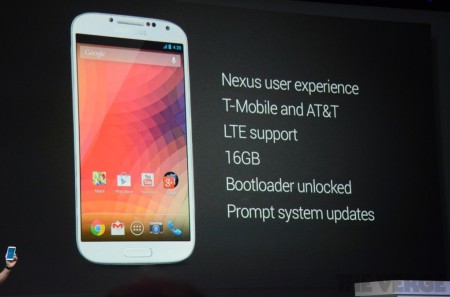
Pretty much the only hardware announcement of the keynote was a Samsung Galaxy S4 running stock Android 4.2 – a far cry from the software experience that comes on the normal Galaxy S4. Like Google’s brand of Nexus devices, it will receive updates from Google directly without needing (much) manufacturer or carrier input. That means the hardware of the Galaxy S4 – which is unequivocally good – is married with stock Android, which is a nice alternative to the heavy skin, apps and services on the default Samsung model. The Galaxy S4 with stock Android will be released in the US in June for $649 sim-free and unlocked.
Google Play Music All Access
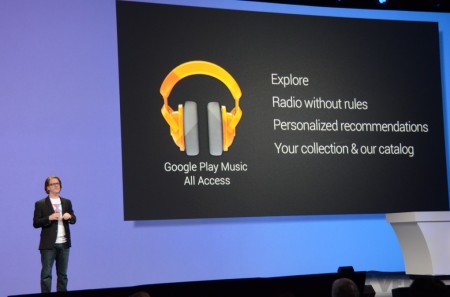
Google Play Music currently offers a digital locker (you can upload your own songs) and a music store (you can buy songs). At Google I/O, Google unveiled a new extension to this service called All Access, which is a Spotify-style streaming music subscription service. The service also uses Google’s expertise to craft recommendations for you, turning single songs into infinite radio stations with no restrictions on skipping songs or re-ordering them. All Access will be coming out in the US first, where it’ll cost $7.99 for early adopters and $9.99 for later adopters. There’s also a 30 day trial available.
New Android features
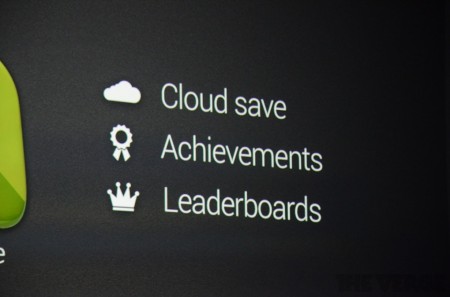
While a new version of Android was widely expected to launch at I/O, instead we got a few new features for Android developers. Some of the most exciting are notifications that can sync across different devices and Google Play game services – cloud saving, achievements, leaderboards and multiplayer matchmaking.
Google+
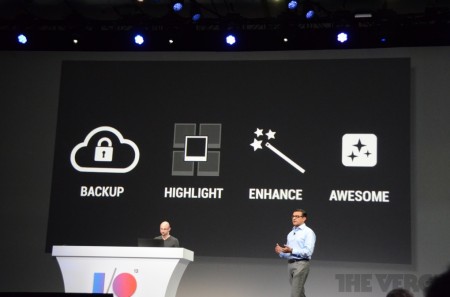
Google+ has been improved in three areas: the stream (the equivalent of the Facebook timeline), Hangouts (group messaging) and photos. The changes to the photos side of things were probably the most impressive – Google+ now can pick the best pictures out of hundreds, automatically improve these pictures and even composite multiple ones together.
New Maps
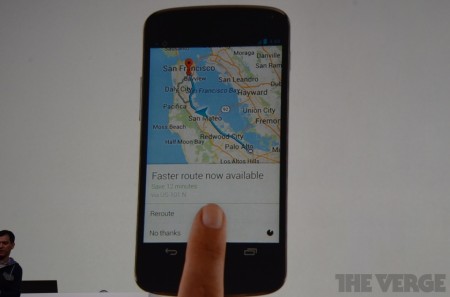
Maps has been improved on both mobile and desktop – on the mobile side, Android is getting a lot of the enhancements introduced in the recent iOS release. Maps will include offers from various brands (e.g. Starbucks). Directions and Navigation have also been improved, allowing for dynamic re-routing in response to live traffic information. There’s also an Explore section which recommends places to eat, sleep and explore. The upgrade to mobile maps will hit this summer.
The desktop version of Maps has seen more obvious changes – the whole thing is now vector-based, using webGL in Chrome. Instead of pins, search results are labelled directly on the map. Maps will be personalised to show locations that you’ve visited or rated, and each location when selected can show additional recommendations. Public transport is also improved, with very clear diagrams showing different routes and methods.
Finally, desktop Maps has been improved on a much larger scale – zoom out far enough, and you’ll be able to see real-time clouds; you can see lights on the dark side of the world. Move out even more, and you’ll see the Earth moving through space, with the sun and stars in the right position – crazy. The new desktop Maps is in preview now, and should be released pretty soon.
Conclusion
While we didn’t see a lot of cool new products at this year’s Google I/O, there were loads of improvements to pretty much everything Google is involved in.
What did you make of the proceedings? Let us know in the comments below.